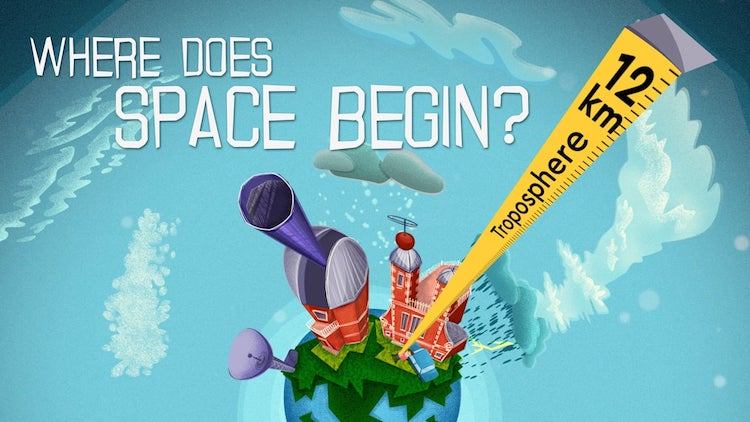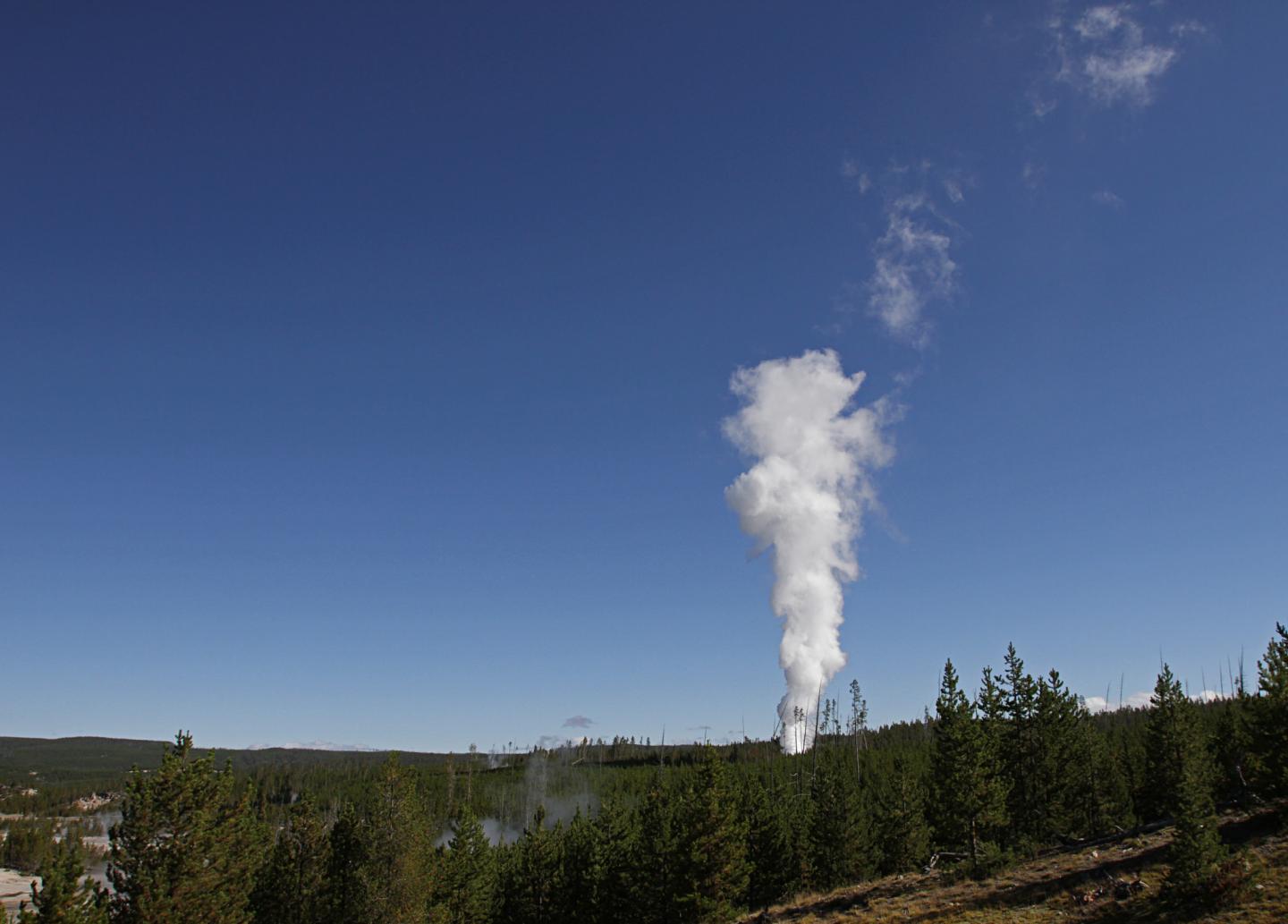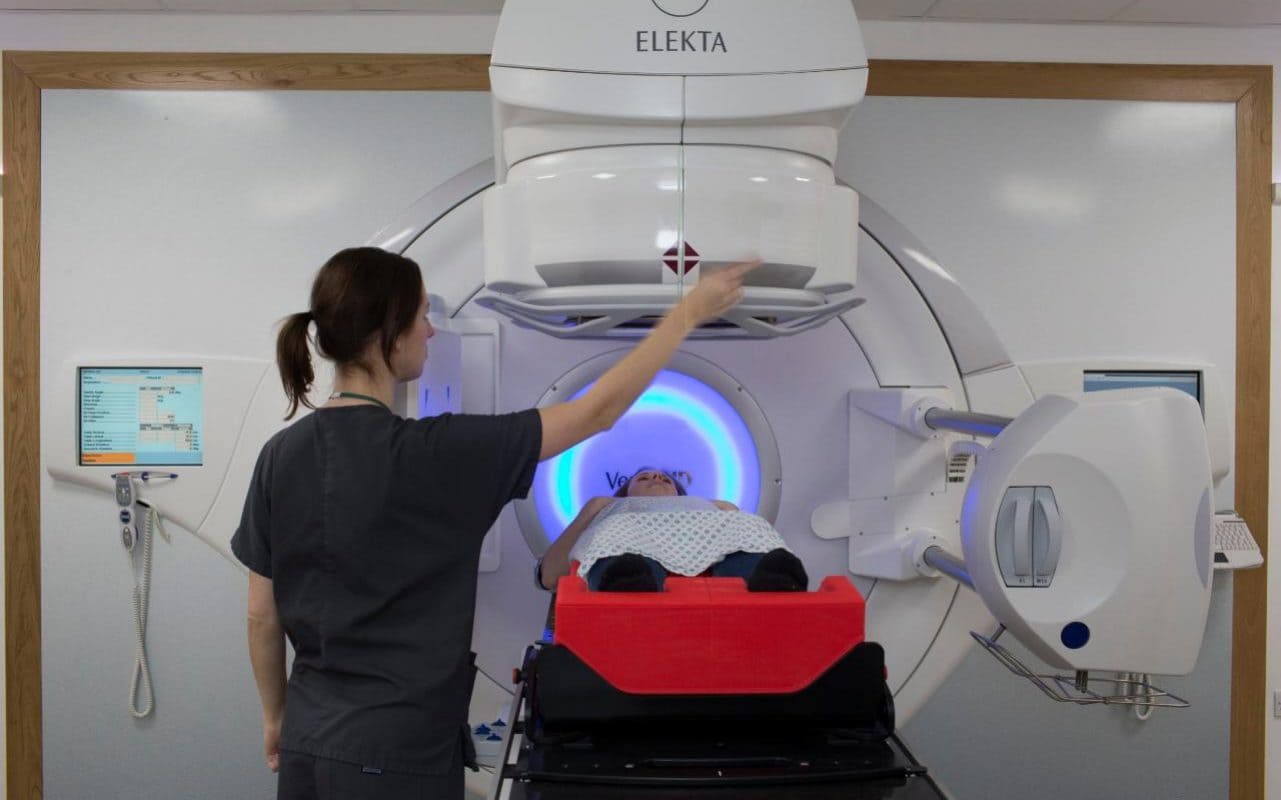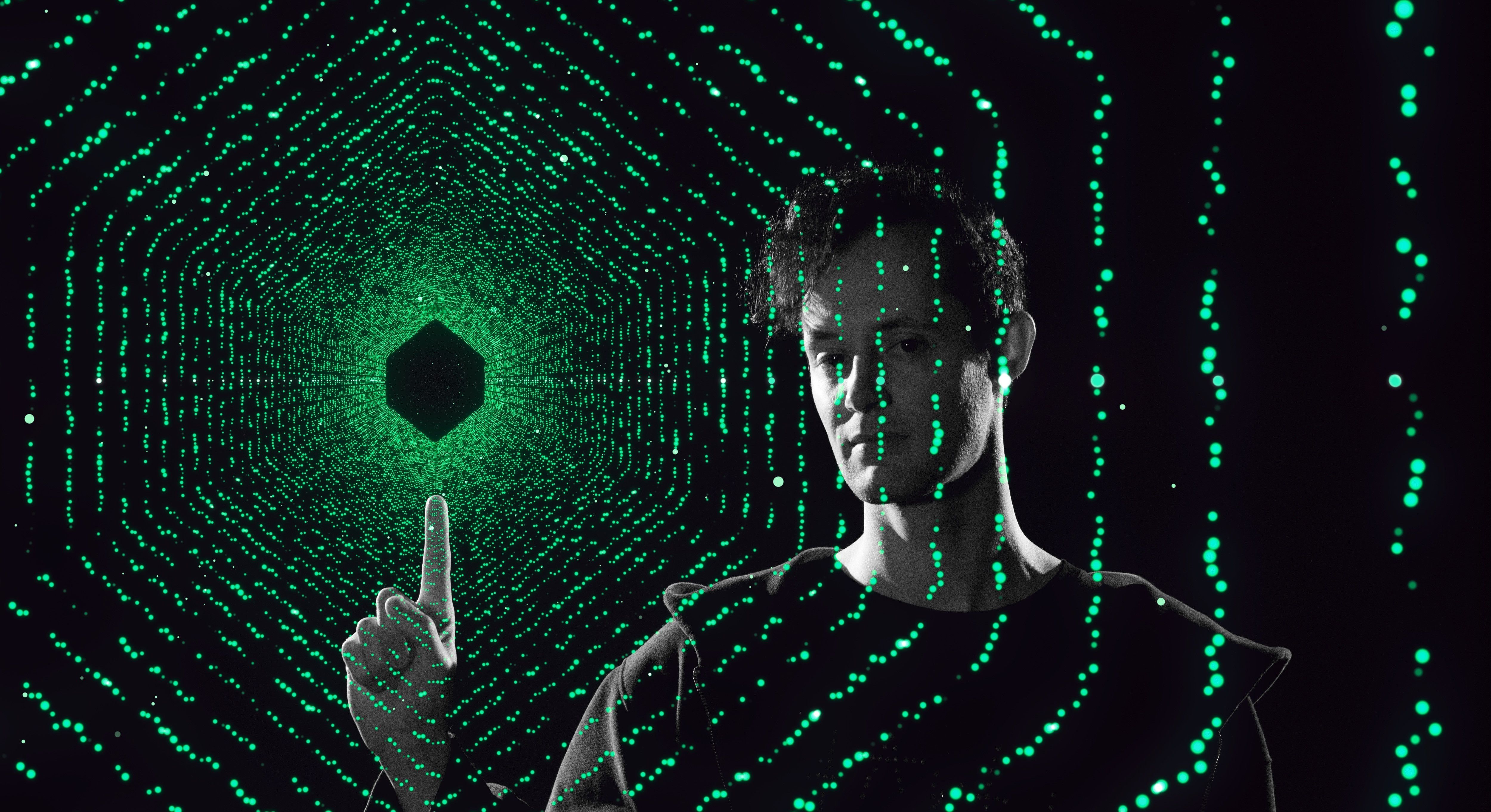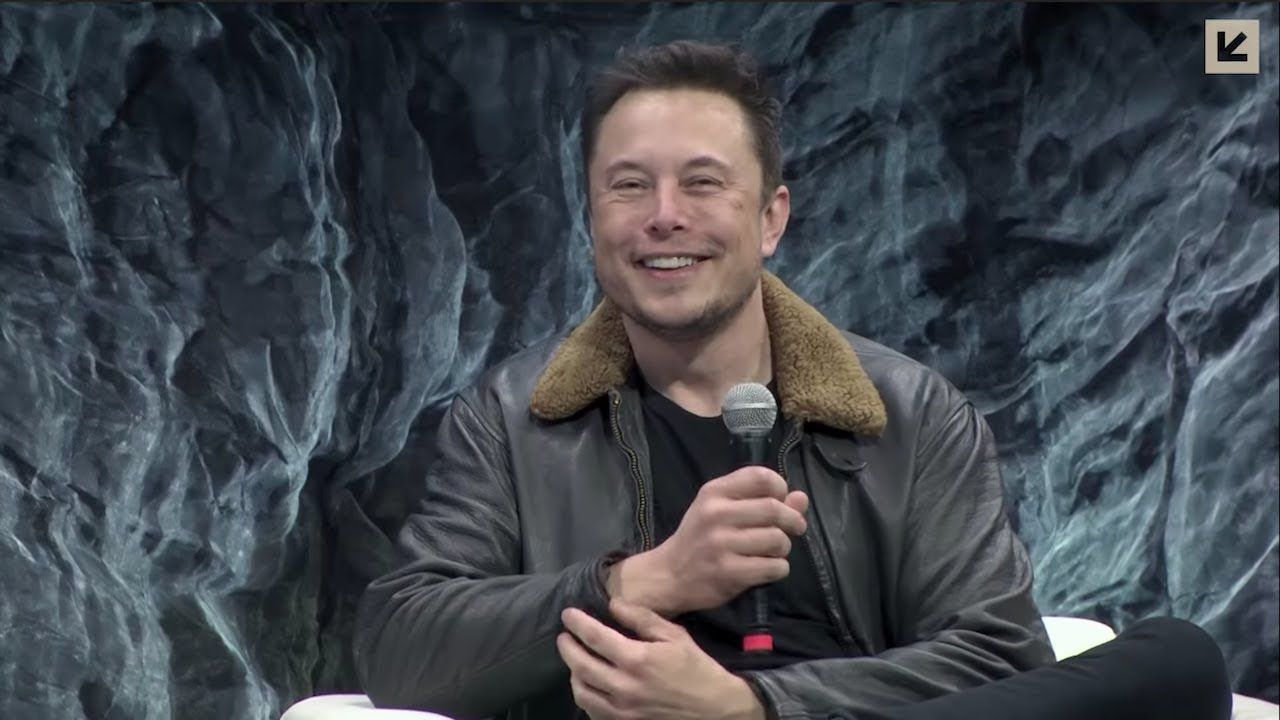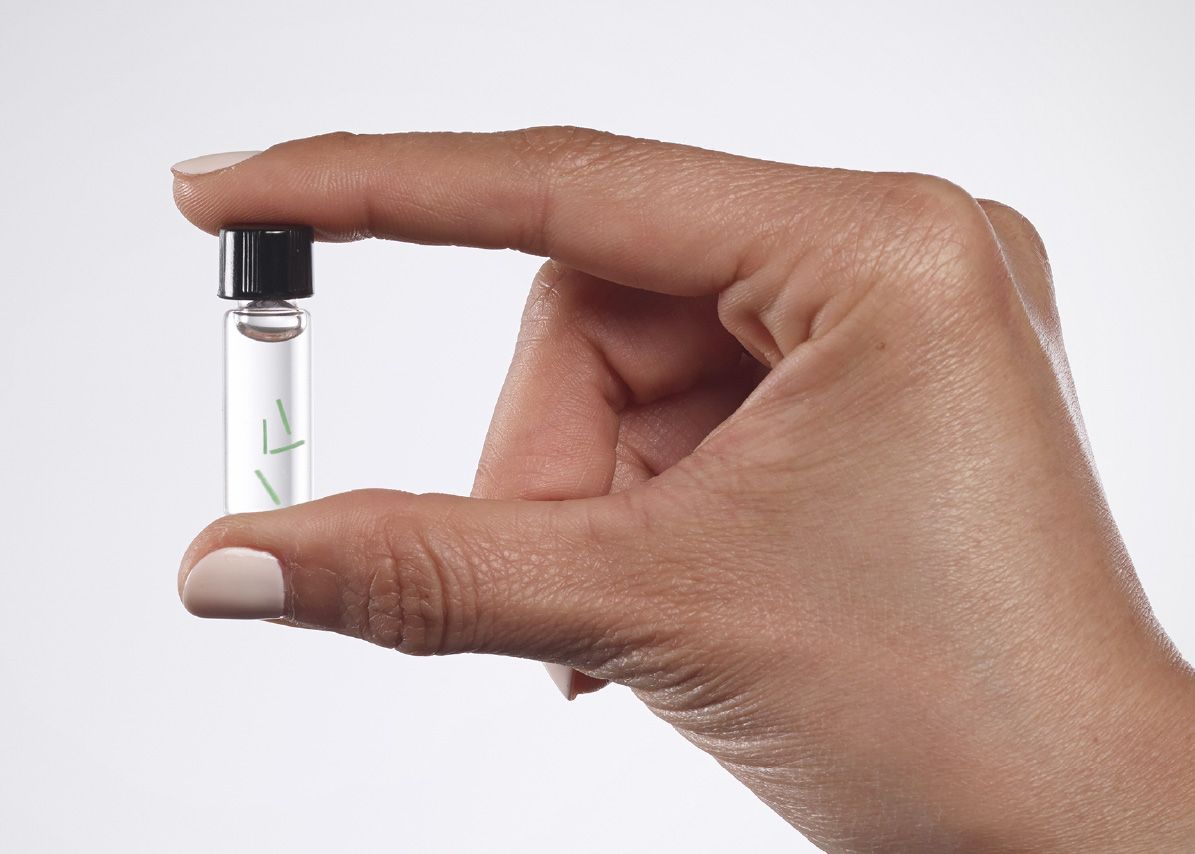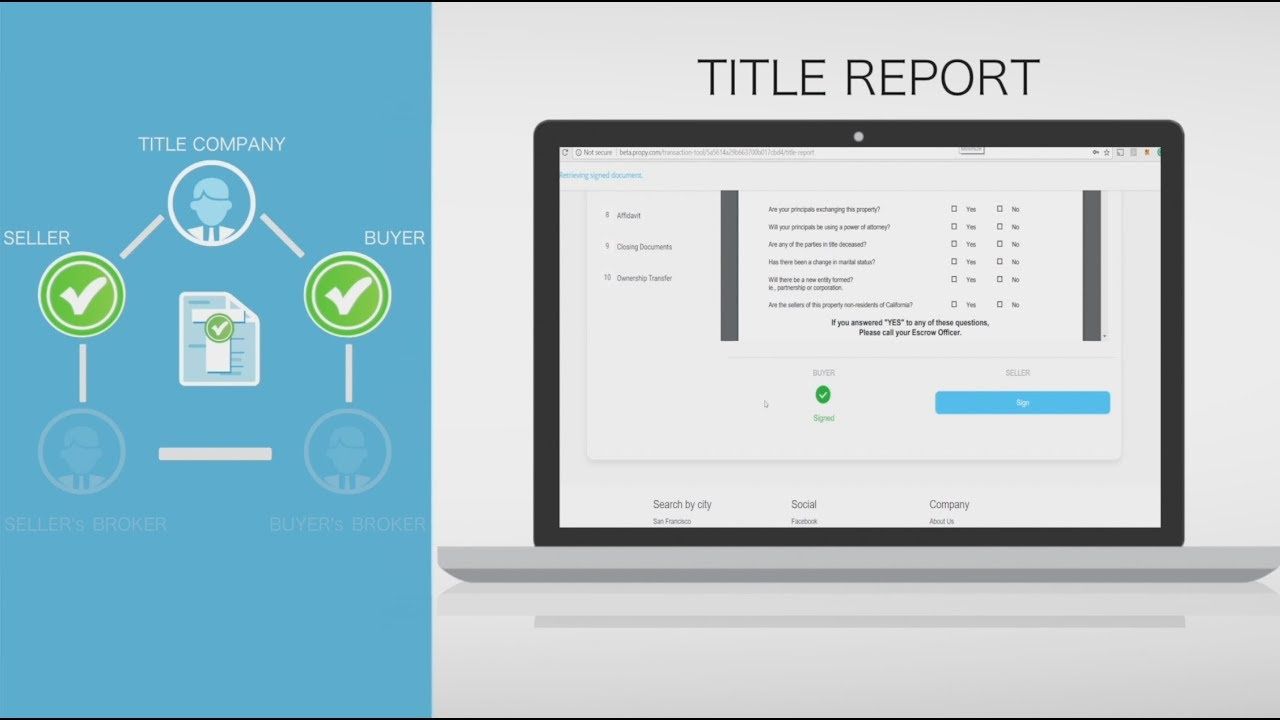While many of us have a nebulous familiarity with the universe, a very clever animation by the Royal Observatory Greenwich explains the height and purposes of the different layers of the Earth’s atmosphere before it is officially considered to be “space”. These layers include the troposphere, stratosphere, mesosphere, and the Kármán Line. The thermosphere, which continues on and on eventually becomes the exosphere and then on to space as we know it.
Have you ever wondered how far away space is; how far are the different things you see above your head? Join the Royal Observatory Greenwich astronomers as they ascend up through the different layers of the Earth’s atmosphere to reveal what we would see at different heights.
The Royal Observatory also put together an equally clever animation that describes how the solar system was formed.
